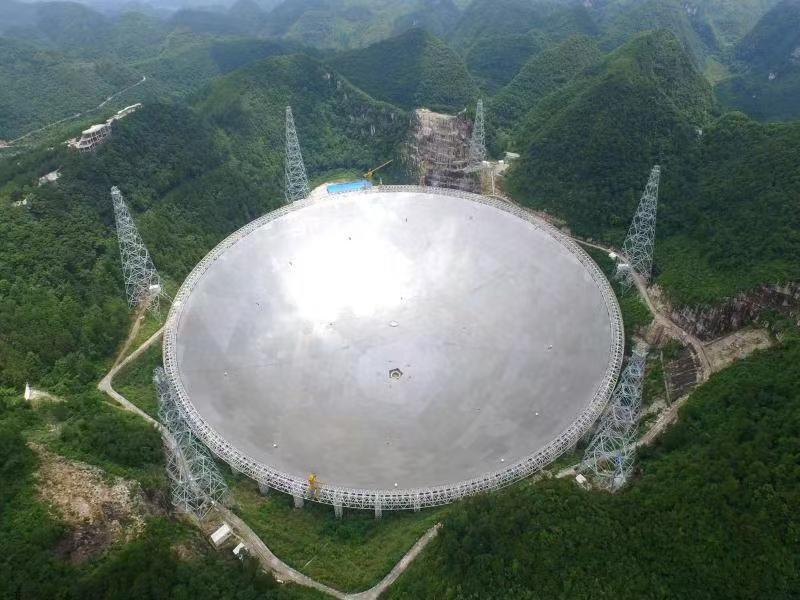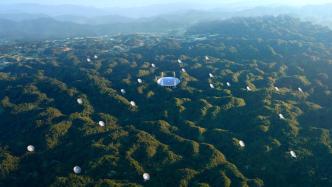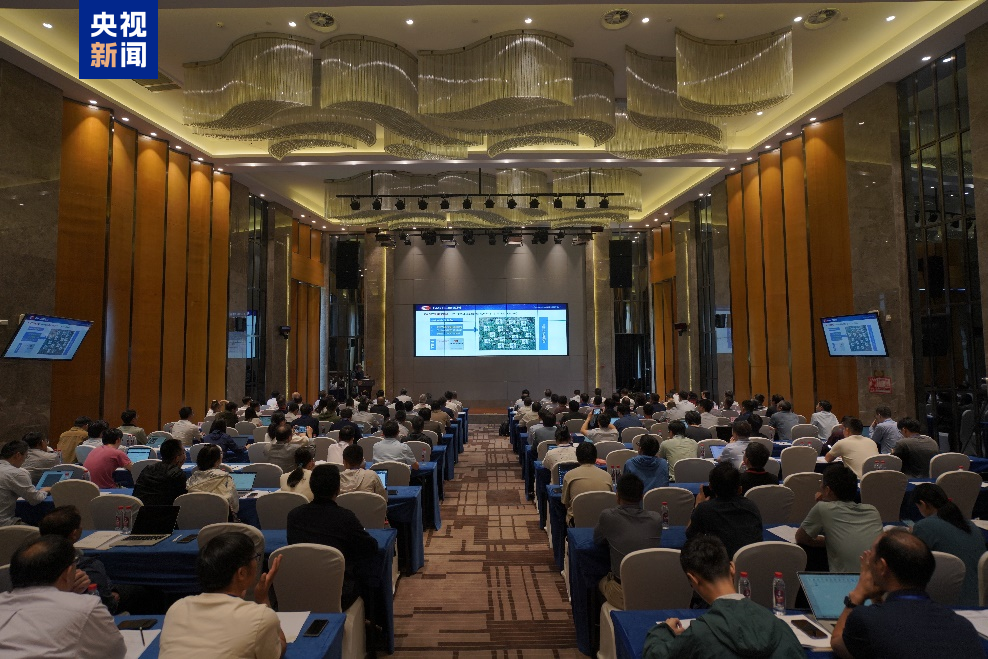

Recently, the Shanghai Astronomical Observatory of the Chinese Academy of Sciences, in collaboration with domestic and foreign research institutions, relied on the Five-hundred-meter Aperture Spherical Radio Telescope (FAST) to observe for the first time a complex filamentary structure network dominated by supersonic turbulence in a cloud of ultra-high-speed moving interstellar gas in the Milky Way. This result provides a new perspective for revealing the evolution mechanism of the interstellar medium in the early stages of structure formation. The relevant results were published online in the international academic journal Nature Astronomy on July 16, 2025.
The object of this study is a very high velocity cloud (VHVC) called G165. This is a massive gas cloud composed of hydrogen atoms, about 50,000 light-years away from the Earth, located in a high galactic latitude region far from the Milky Way disk, and running at a high speed of about 300 kilometers per second in the outer space of the Milky Way. Due to its remote location and isolated environment, the G165 very high velocity cloud is almost unaffected by common factors such as stellar radiation and gravitational disturbances, making it an ideal natural laboratory for studying the formation and evolution of interstellar clouds in the early stages.
FAST's ultra-high sensitivity and spatial resolution allow scientists to reveal unprecedented structural details inside very high-speed clouds. Observational studies have shown that the G165 gas cloud is mainly composed of warm neutral media, with significant supersonic turbulent motion inside, and local velocity fluctuations exceeding 20 kilometers per second. Conventional high-speed clouds usually have significant mixing characteristics of cold and warm gases, while G165 exhibits a completely different composition structure: its matter is almost entirely composed of warm neutral gases. This significant difference indicates that very high-speed clouds represented by G165 are at an earlier stage in the evolution of interstellar clouds.

Conceptual image of an extremely high-speed cloud with a complex internal structure
The study, through observations of the neutral hydrogen 21 cm spectrum line by FAST, clearly revealed the highly structured features inside G165: its interior is full of complex interwoven filamentary structures, which form a network distribution in multiple velocity layers. These filaments intersect each other in a twisted form in three-dimensional space, and their radial density profiles show significant asymmetry. This structural morphology indicates that there is a shock wave compression process inside G165, and the system as a whole shows strong turbulent characteristics.
The research results provide new clues to reveal the source and evolution path of matter in star-forming regions. In the future, the research team will continue to rely on the FAST telescope to conduct systematic observations of more ultra-high-speed clouds and further explore the universal physical laws of interstellar structure formation.
- cvGsnFseqnDrHzn07/20/2025
- spOLMXnF07/20/2025
- nRkWWopTjxyRKb07/19/2025
- PFTLLrkRAeP07/19/2025
- gHPxfuFxiQ07/18/2025
- wxAKJeEHtfJwTml07/18/2025
- mFrQJeFlsHVhRQV07/17/2025
- EmjulMKhcQp07/17/2025
- BfQJzFUP07/17/2025
- oVJtAseFd07/17/2025
- RDWxqEYnQwZlv07/17/2025


